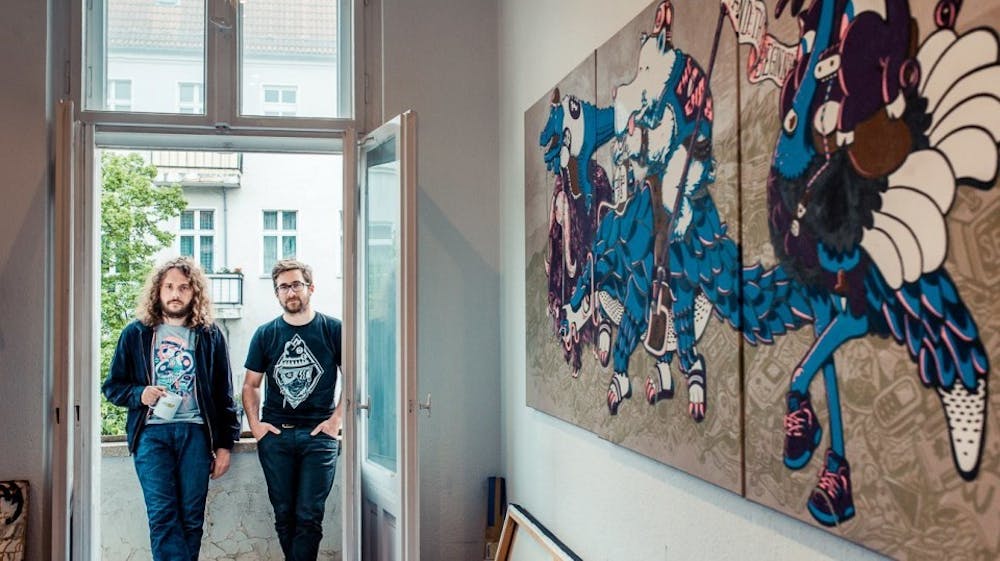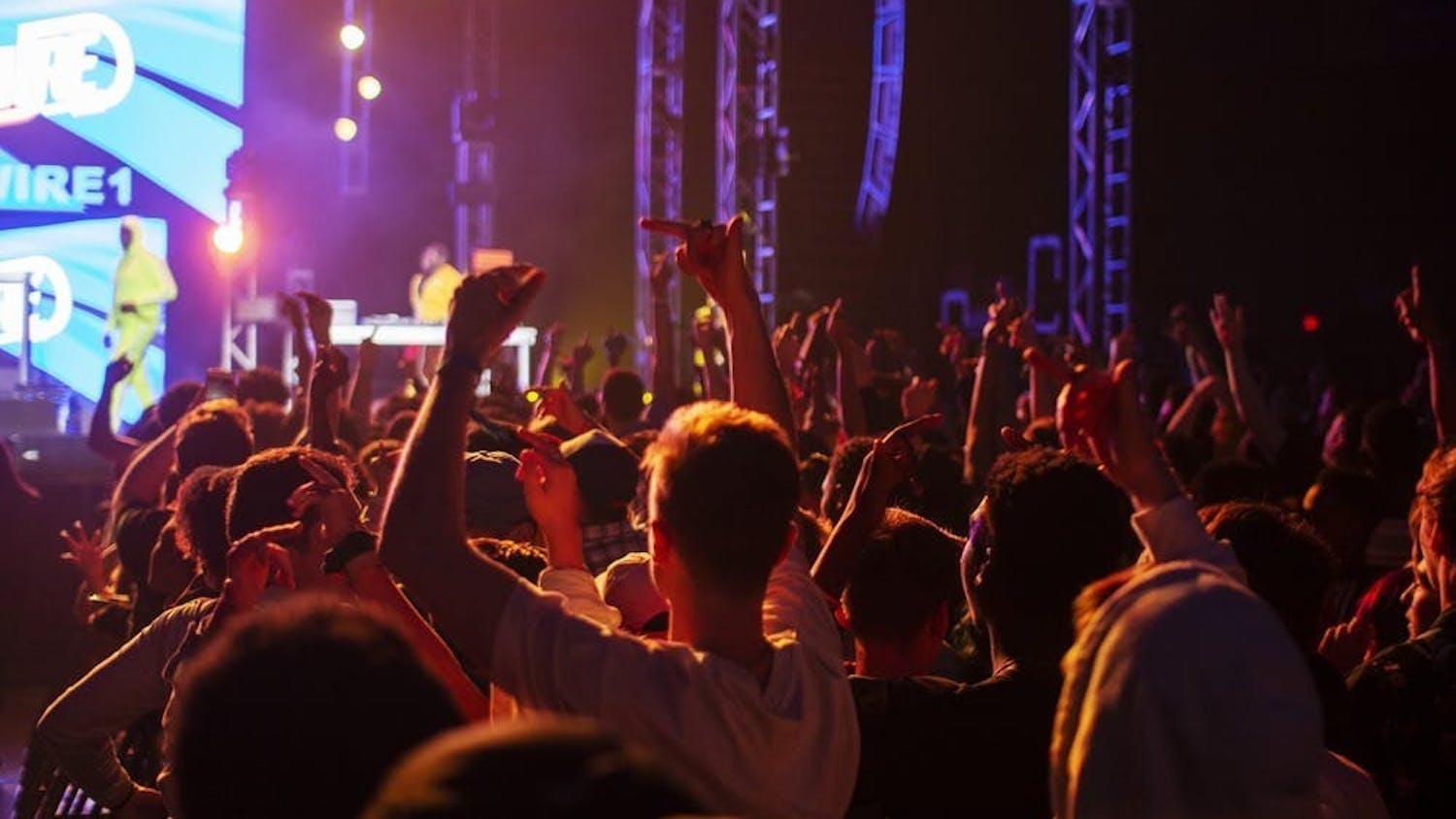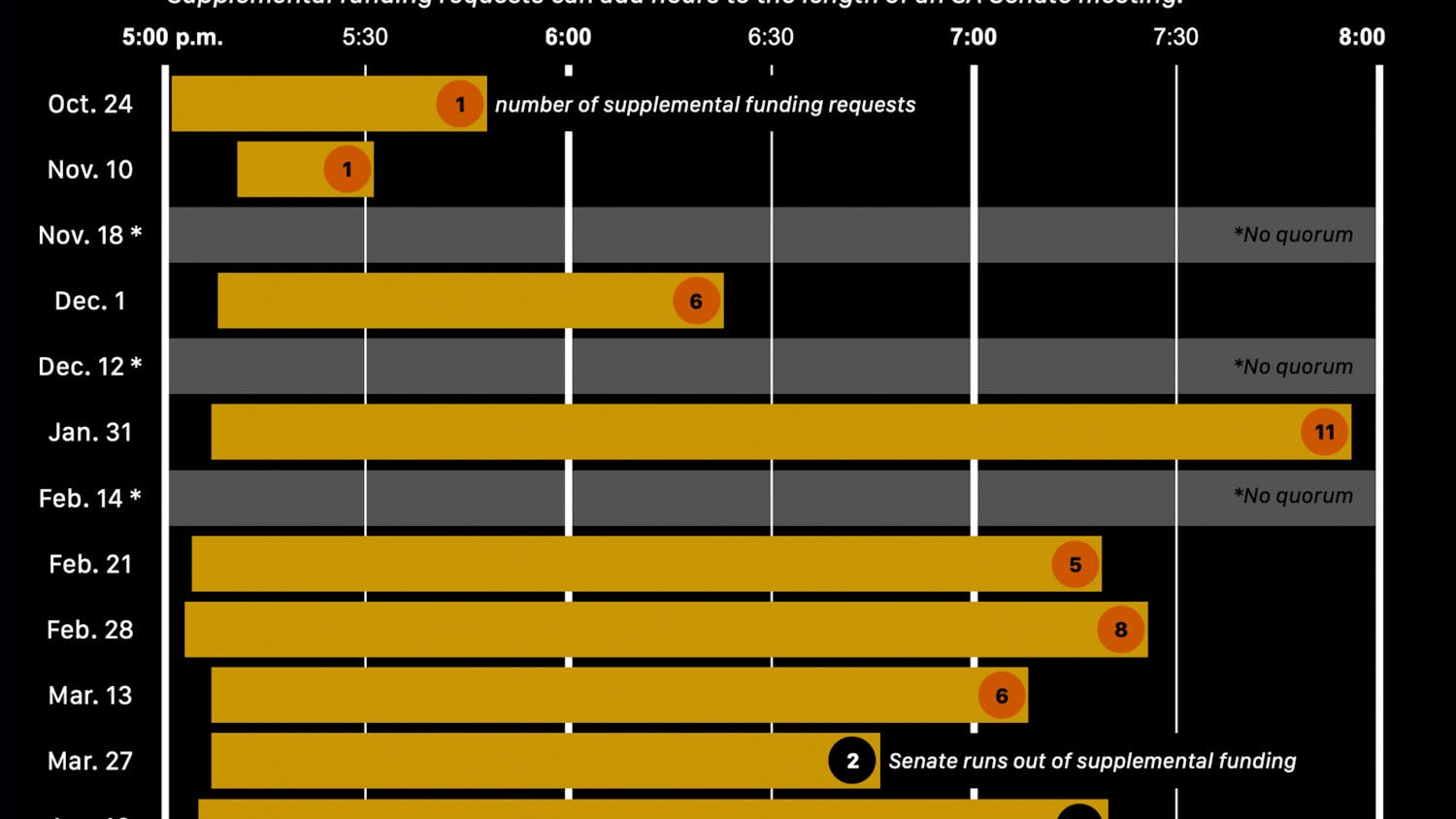This story is part of a series of stories written by student journalists who participated in UB’s Foreign Reporting study abroad program in Berlin, Germany this past winter.
Sugarhill Gang’s, “Rapper’s Delight,” surges from the speakers as 35-year-old Hendrick auf der Heidt’ pulls out a vibrant purple marker and in a sweepingly practiced gesture, swirls out the letters of his signature tag, “K-I-C-K-1.”
The tag takes him back in time – to his days as an illegal graffiti artist who used the empty walls and crumbling facades of Berlin in the 1990s as a sounding ground for his colorful political and social protest and as a way to feed his burgeoning ego.
He hasn’t illegally tagged in more than 15 years. He – like the city, which is one of Europe’s edgiest and most graffiti-saturated capitals – has grown up.
He’s also got legitimacy, influence and a growing band of admirers. Today, Heidt is the founder, owner and CEO of Skyline Gallery Berlin, one of the city’s hottest galleries and a European-wide defender of street art. Last year alone, Heidt traveled to 13 European countries to promote graffiti as art, lead workshops and to tag legally. His team is currently working on a spray-painted mural for Berlin’s national soccer team and is working on an exhibit of graffiti-coated luggage.
“I don’t see this as a gallery,” he said, inside his warehouse-like space in one of Berlin’s most diverse neighborhoods known as Neukoelln. Canvases in blue, green and yellow blare from the walls and brighten the room where he and his staff hold workshops at the beginning and end of each month.
“This is a creative space. I made a business out of something I love,” he said.
Indeed, across Berlin, former law-breaking street artists and taggers are increasingly finding ways to turn their passion to profit. Dozens of new businesses that include graphic design, mural painting and teaching tagging to youth have blossomed in the German capital in the past 15 years. Tour companies offer “graffiti” tours by former taggers and artists and even the city’s senate hires former taggers to lead graffiti workshops as a way to engage disenfranchised youths.
“You can find graffiti in films, documentations, video games and on a big range of products like skateboards. Everybody knows Banksy,” Hiedt said, of the iconic and secretive British-based graffiti artist whose satirical and politically laced stenciled street art has marked a generation.
And everyone knows Berlin is a magnet for international graffiti artists.
From subway platforms to house fronts to train stations and storefronts, Berlin is painted. That’s partly because of the city’s unique history as the seat of Nazi oppression, then as the walled-in metropolis of the Cold War and then finally in 1990 as the capital of a reunited Germany, has made it irresistible to artists for decades.
Keith Haring and Thierry Noir each famously painted here, as has, Italian muralist Blu, Brazilian twins Otavio and Gustavo Pandolfo, the famous Dmitri Vrubel, and French artist Victor Ash.
In Berlin, houses go up in value when high quality graffiti is painted on them.
The city has also helped shape and define graffiti as art in other urban cities – including Buffalo – where authorities have also recognized the power of street art to build community and enhance a city. On January 6, 2016, the Arts Initiative of Western New York announced it would award $2,000 to the University District Community Development Association to create street art on Bailey Avenue buildings.
“The efforts of the UDCDA in working collaboratively with BABA on commercial district planning activities, including integrating public art along the corridor, has set the stage for business district revitalization,” said Michael Clarke, Local Initiatives Support Corporation.
As iconic as Berlin street art has become and as much as Heidt and others insist on its legitimacy, graffiti in its rawest sense – words or pictures drawn on public spaces – is and always has been illegal.
Fines for tagging public and private places run from $60 to thousands of dollars, depending on the size, the kind of paint, the artist’s tagging history and the location of the graffiti. The city has 36 officers dedicated to graffiti detail and a databank of more than 8,000 taggers.
Berlin spends $35 to $50 million a year on graffiti removal and police issue about 15,000 citations, according to police data.
The illegality, however, is part of the thrill. It often keeps the art meaningful and subversive, says Leen Horsford. Breaking rules has particular appeal in a city where Hitler’s SS troops marched, where students burned “rebellious” books and where, from 1961-1989, the Communist East German government turned East Berlin into the most-spied-on city in history.
“Graffiti reminds us that when there is a will, there is a way. The state can do whatever they want but there will still be people who will push the envelope,” said street art expert Leen Horsford, who came to Berlin to pursue her career in fine art. She has successfully served as a curator in various art galleries and is a tour guide who specializes in street art for Alternative Berlin Tours. “I think it’s healthy. It’s important to have reminders of our imperfections.”
German history is tremendously imperfect. And nothing symbolized Germany’s shortcomings more than the Berlin Wall, which for 28 years zigzagged across the city as physical reminder of the two Germanys’ inability to get along. Citizens of both sides felt fenced in and misunderstood.

“My friends were from the western side and it was legal to paint the wall,” Heidt said. “Since those days, Berlin has been a colored city. You have all types of art in the city and graffiti has always been a part of it.”
On its Eastern side, however, guards with guns and dogs trained to sniff out scents patrolled. Easterners could not leave and could not even approach the Wall that the Soviet-backed government built and euphemistically called the “antifascist protective barrier.”
It kept its people in and Western ideas out.
That changed on November 9, 1989 when the Berlin Wall fell. People flooded over the half-painted barrier. Some took hammers and chisels to the hated bulwark. Others grabbed spray paint and started tagging and painting the Eastern side.
Attila Szamosi, also known as Vidam, is former tagger and graphic design professional. He famously drew lighthearted polka-dotted mushrooms on walls across the city. Like Heidt – he has turned his illegal art into a business. He co-founded the graphic design firm Peach Beach, which produces large street murals and graphic art for clientele such as Nike, Converse and Berlin’s famous clothing shop, Dudes Factory.
“This little mushroom appeared everywhere,” he said, drawing the tag. “I wanted these little mushrooms to take over the city. But I don’t tag anymore; I am too old for this illegal action. It’s like peeing everywhere like dogs. At the time, it was cool.”
He called Communist West Berlin an “infinite playground for creative minds.”
In 1990, the city invited artists – including Haring and Noir – to paint murals on the remnants of the Wall. The murals mirrored the social issues that overwhelmed Germany for decades.
Today, pieces of the wall remain. It is the mile long piece of the wall known as The Eastside Gallery that serves as a memorial of freedom and attracts close to three million visitors a year.
Heidt believes graffiti is therapeutic and has helped residents of Berlin cope with the city’s unique story. For him, it also helped him cope with voice to personal loss.
“My dad was very ill and had cancer for over 8 years,” he said. “Every time I went to paint legal graffiti at the Hall of Fame, I painted the whole day. These moments gave me power.”
He said transforming a blank wall into a statement made him feel important and like he could be a force of change. The release helped him cope. He started tagging legally 15 years ago, when he learned about the Young African Art Market (YAAM), a multicultural non-profit that works to help bridge cultural caps through social and sporting activities. It hosts concerts, and runs graffiti workshops. At YAM, Heidt sprayed legally for the first time.
Today – in addition to his gallery, he helps run YAAM.
“We run graffiti workshops with all types of people. Children, small groups, big groups, pregnant women. We welcome all guest and show them art from professional graffiti artist,” Heidt said. “Then we have them brainstorm on paper then the group’s paint on a big canvas – writing letters, creating characters, anything they want.”
But despite its air of legitimacy, new taggers are still experimenting. One group called New Kidz hangs from mountain climbing cables to reach tag rooftops in red and blue letters.
“The graffiti scene in Berlin is very strong. It will always be here, no one is able to change it because there will always be night time,” Heidt said. “Graffiti will be around forever.”
Christina Dunn is a contributing writer. Questions and comments about this story can be directed to news@ubspectrum.com.





